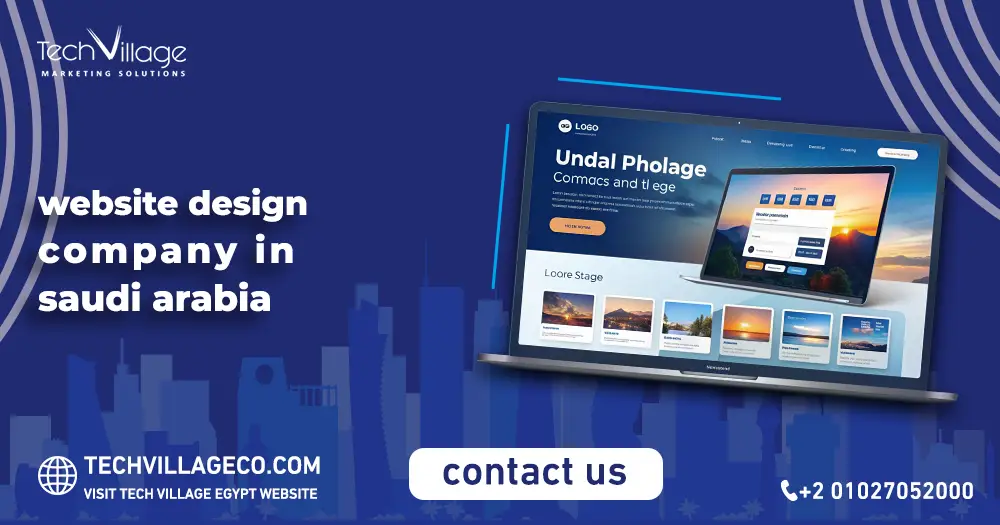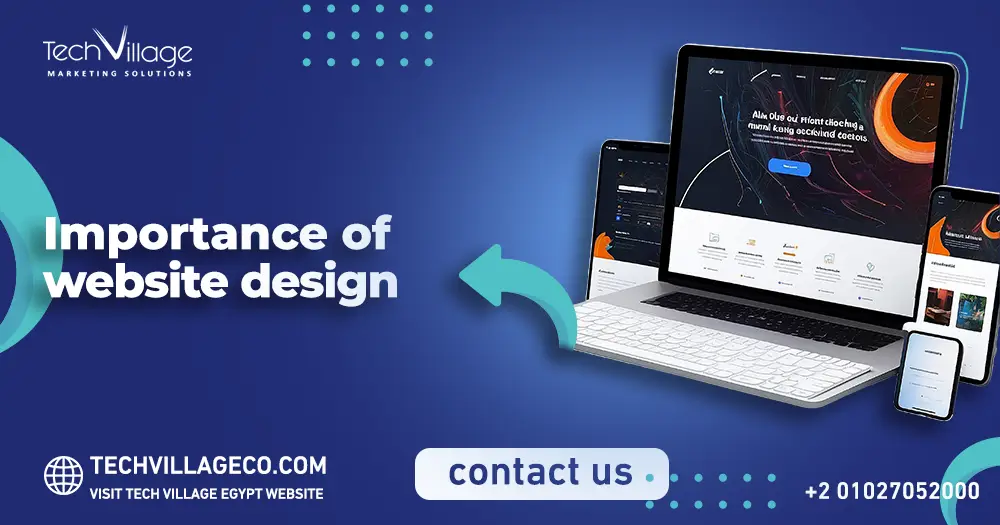If you have a business, its success depends on your reach, reputation, and reliability.
In the 21st century, having an online presence is one of the obvious steps you need to take when setting up your business or your website design
Under the current circumstances, especially the Corona pandemic, the view of physical commerce has faded at the expense of e-commerce, as closure measures and calls to stay at home have led to the activation of remote commerce, which means selling, buying, returning, and shopping online.
However, competition is fierce. There are hundreds of online markets already active, and there are many more to be expected.
The lesson here is not only to provide high-quality merchandise, at competitive prices, but the truth is that many factors have a significant impact on the ability of your online store to compete.
One of the cost items that you include when you start studying the feasibility of creating your online store is the website design, which includes taking into account ease of use, distinctive aesthetics, and being rich in SEO so that it can market itself.
A good investment in website design is not a waste of money but rather gives your website a chance to compete and make profits.
Here are some essential features that can be included when you design your website to make it competitive.
Important features to be added when designing a website design
Homepage features:
1- Search bar feature
When a visitor arrives on your website, make sure that they arrive intending to search for something within your site.
It is recommended that you include a search bar on your home page and all pages in your website design, as this helps the visitor to reach his goal easily, thus enhancing his user experience.
2- Logo
The logo is that small drawing that has an impact on customers, as it is always associated in the mind of the customer with your company, even if he forgets its name.
The design of the website should take into account the presence of the logo at the top of the main page so that it is the first thing that the visitor sees when he enters your website.
3- The description
The description means that the short sentence that is placed near the logo, describes the company and its work or the nature of its activity. This explains to the visitor what your company is, especially for new visitors.
4- CTAs
Call-to-actions, such as signing up, creating an account, or invite to join the mailing list.
Preferably, CTAs are accompanied by an incentive that motivates the user to take action.
5- Insert photos
It’s a good idea to include some illustrations in the homepage design, which are usually advertisements for your latest offers or news. The effect of images on the visitor is stronger than the effect of texts, and it is easier to process than the inclusion of many words.
These images may be still images, visual media, or photo slides
6- Internal links
It means links that refer the visitor to another place within your website, which may be a page, an image, an article, or a blog.
The home page can be used to put a lot of internal links that serve to draw the visitor’s interest towards more topics, news, or interesting goods that he did not consider. It also helps the visitor to stay longer which allows him to make a positive impression on your company, and then he can convert from a visitor to a customer.
7- Testimonials
These are the testimonials of previous clients who have dealt with your company previously. These testimonials contain some positive encouraging phrases, which highlight the company’s advantages and encourage new visitors to deal with you.
You can turn to the customer review section to connect with people and suggest that they write some words of encouragement to be included in the testimonial section.
Successful websites start from a superior Website design company.
“About” Page Features
“About Us” is a detailed definition of your company and its activity. Although this feature can be placed on the main page, some prefer to place it on a separate page, where it is possible to tell some stories about the emergence of the brand, which increases the feelings of attachment to the visitor with the brand.
1. Work address and map
This includes placing the detailed title of the activity, as well as a map showing the location. Some large-sized businesses may require a search bar so that the visitor can easily find the location or address of their nearest physical branch.
2. Work hours
Whether your business activity operates throughout the day or at a certain number of hours of the day, you should mention this on the “About Us” page, so that it is easy for your customers to know the times that your company can respond to them, whether in response to customer service inquiries or in the case of processing returns.
3. Contact information
In this part, all the company’s data that enables customers to communicate, such as phone numbers, and e-mail addresses of technical support or customer service, are placed.
4. Contact form
It is also one of the means that helps the customer to communicate with your company in the event of an inquiry or encountering a problem. But in this case, the customer is asked to enter his email, write his inquiry or complaint in a text box, and the customer service employee responds to that with a message on the customer’s email.
5. Inner-Page features
The internal links on your site will increase significantly, this could be because of the number of products you are selling, or maybe because of your marketing strategy.
In any case, for every internal link that redirects the visitor to one of the internal pages of the website, the transition should be easy, smooth, and fast.
6. Staff and work teams
It may be useful to show your visitors your business team, and write a profile about them as a team, or a profile about each one of them.
Staff pages are often sorted based on specializations, as the website design takes into account the division of teams by business departments such as accounts, sales, customer service, … etc.

 AR
AR




